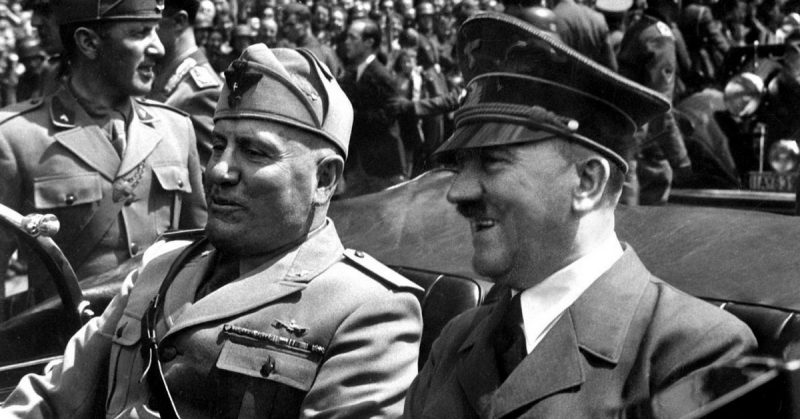One of the most hated men in the history of humanity survived many attempts on his life during his 12-year reign. Even though Adolf Hitler ruled Germany with an iron fist, eliminating his political opponents, he couldn’t stop individuals who believed in a Germany free of Nazism.
Hitler was labeled a target before his electoral victory in 1933. There were seven known attempts on his life before 1933, most notable being the one in Hotel Kaiserhof in 1932 when he was almost poisoned.
Another 28 attempts were made on Fuhrer’s life from 1933 to 1944, the last one being the most famous ― the July 20th Plot organized by Claus von Stauffenberg. Other assassination plots involved different secret societies and Allied and Soviet-backed hitmen.
The exact figure of these attempts is presumed to be far larger than those noted, but an ultimate list that sums up all the assassination plots on Adolf Hitler is still a subject of discussion.
In this list, we will cover some of the assassination attempts from before the start of WWII, in chronological order and keeping up with the context of the time the plots took place.
The Years Before Chancellorship
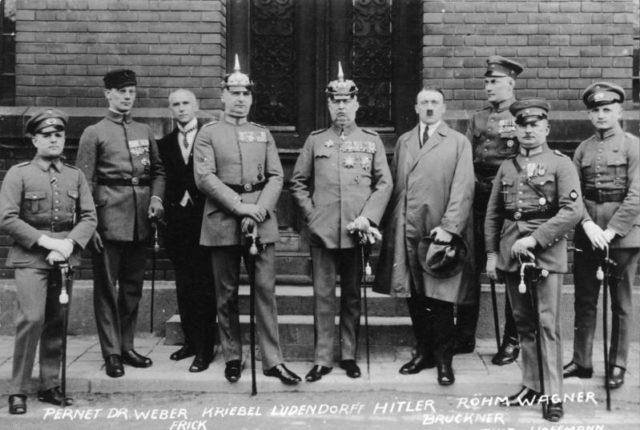
During the early years of his political career, several attempts on Hitler’s life took place. Though motives for these actions weren’t always clear, some documents confirm that steps had been taken to kill Hitler in 1921, 1923 (twice), and 1932 (four times).
In November 1921 an unknown assassin opened fire from the crowd, while Hitler was giving a speech on an NSDAP rally in Munich. A similar event occurred two years later, in Thuringia, Germany. The perpetrator’s identity once again remained unknown. That same year, in Leipzig, shots were fired at Hitler’s car, while he was in it. Again, no one was caught.
In 1930, Hitler and his staff favored the restaurant of the Hotel Kaiserhof in Berlin. He would often dine there and discuss political matters with his associates. On one such occasion, members of his staff all fell ill from food poisoning, less than an hour after the dinner. Hitler was least affected by the poisoning. Some note that this was probably because of his strict vegetarian diet. No one died, and no one was charged for this attempt.
That same year shots were fired on a train carriage in which he traveled together with Goebbels and Wilhelm Frick, a prominent Nazi politician who would later become the first Nazi Minister of Interior. The shooting took place between Munich and Weimar on 15th of March, 1932.
The Years of Chancellorship
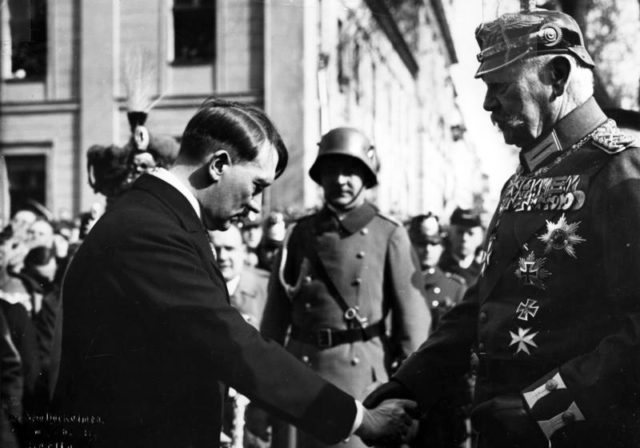
Adolf Hitler was elected Chancellor on 30th of January. Kurt Lutter was a carpenter and a communist who, together with his fellow conspirators, ran an underground organization called the Lutter Group. They planned to assassinate Hitler on 4th of March, during his election speech, a day before the Reichstag elections. One member of the cell leaked information, which led to the capture of the entire group.
Another failed attempt was discovered in 1933 when Hitler was pushing the Enabling Act in the German Parliament. The Act was intended to give him the power to enact laws without the involvement of the Reichstag. In a word ― dictatorship. When the Act was put into effect, a ceremony was organized on 21st of March to commemorate his success, in a church in Potsdam.
It was soon discovered that a tunnel had been dug under the church. The police authorities presumed that the tunnel was intended to be packed with explosives. This assassination attempt wouldn’t only have killed Hitler, but probably most of his closest staff. Perpetrators were never found. That same year an impostor was caught wearing an SA uniform.
It was discovered that he intended to kill Hitler, but his plan seemed inadequate. His name remains unknown. That same year someone fired shots on his car, but that too proved to be ill-planned and conducted.
1935
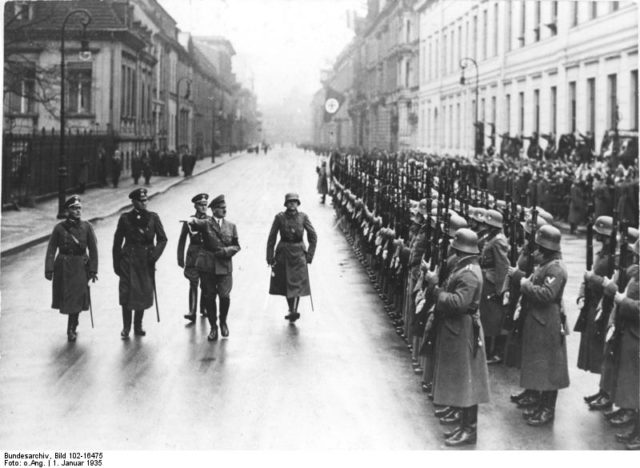
As Hitler’s power grew and the real face of his madness became more apparent, some Germans felt that a coup was the only way to stop the war-mongering dictator. There were a number of plots by Hitler’s officers and Generals as they strongly opposed his politics. Dr. Helmuth Mylius and Captain Hermann Ehrhardt planned to infiltrate the SS in 1935, together with other members of their group.
This was the initial attempt to rally the opposition within the Army and the SS against Hitler, but the Gestapo found out about it and soon ended the affair. Needless to say, anyone who was caught plotting against the Fuhrer was pronounced traitor and executed almost immediately. This event also proved that the SS were the beating heart of fanatical support for Hitler and that there was no way of converting them.
In later years Major General Henning von Tresckow and Field Marshal Günther von Kluge would lead an entire network of Wehrmacht officers who would plot and fail to kill Hitler several times. The two would later be heavily involved in the July 20th plot.
After the Mylius/Ehrhardt plot, Hitler became more cautious. The Gestapo was working around the clock, searching for conspirators and infiltrating into their ranks. This was the case with the Markwitz Circle, which was a group of socialists who had developed plans for an assassination.
All political opponents of Hitler were tracked by the Gestapo, and many of them had plans to remove the Fuhrer from power by killing him. The Römer Group, Robby Group, Solf Circle, Schwarze Reichswehr, the Party of the Radical Middle Class, Jungdeutscher Orden, Schwarze Front and Stahlhelm are just a few of them.
Besides from communists and other political adversaries who were hunted down and imprisoned in Hitler’s Germany, some of Hitler’s supporters were dissuaded and turned against him after the murder of the commander of the SA, Ernst Rohm. One of Hitler’s very own bodyguards, an SA cadre, Heinrich Grunow wanted to avenge Rohm, so he hid along the road where the Fuhrer’s car was supposed to pass.
When the car slowed down he fired shots, killing a man in the backseat. Grunow committed suicide that instant, convinced that he had killed Hitler, but the paranoid tyrant had planted the chauffeur on the backseat, while he drove himself.
1936
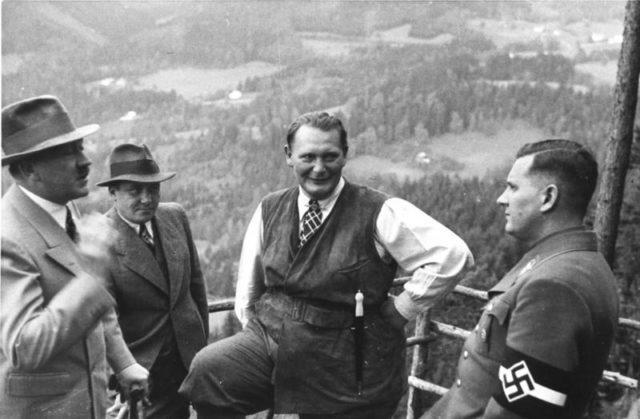
In 1936, Helmut Hirsch, under the guidance of Otto Strasser, one of the most infamous opponents of Hitler, was instructed to carry out a bomb attack on the Nazi leader. He smuggled the explosives into Germany but was met by a Gestapo agent who introduced himself as his contact.
In fact, Hirsch’s contact was captured three days before his arrival. Hirsch, who was a Jew, was beheaded soon after his capture.
1937
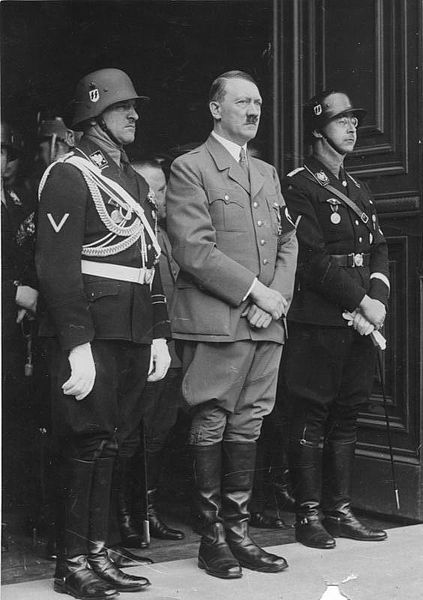
The year 1937 saw two more attempts, both highly amateurish, but potentially dangerous. One was the bomb planted under the stage on which Hitler held a speech in Berlin. It was planted by a German soldier who failed to detonate it because he accidentally got locked in a toilet.
The other attempt was when Dr. Johannes von Dohnanyi, who was a personal advisor to Reich’s Minister of Justice Franz Gurtner and an associate of the Hans Oster circle within the German Army Intelligence Service ― the Abwehr. Dohnanyi came into contact with a member of Hitler’s Army staff. The doctor tried to persuade the adjutant to murder Hitler but was betrayed instead.
In the meantime, some lone wolves saw it as their mission to rid the world of Hitler, motivated not by the most obvious reasons. Maurice Bavaud was a young Swiss theology student involved in anti-communist societies in France. His reason for the assassination was the fact that Hitler didn’t do enough to stop the spread of communism which was, in his opinion, the largest threat to Catholicism.
He smuggled a gun into Germany and tried to reach Hitler several times, but a series of misfortunes landed him in jail, where he confessed his plans to the Gestapo. They executed him afterward.
1938
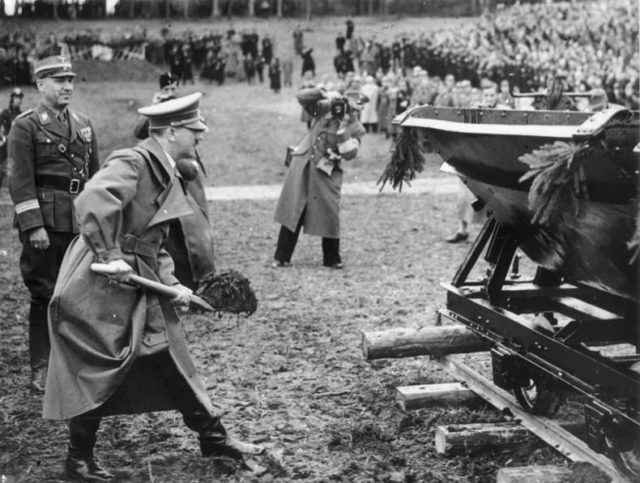
The last notable attempt on Hitler’s life happened in September of 1938. The already mentioned Lieutenant Colonel Hans Oster of Abwehr was the head of the circle that plotted against Hitler just before the occupation of Czechoslovakia. He had a number of followers, and their plan was to stage a coup d’etat and assassinate Hitler as an anti-war effort, for they were convinced that England and France were going to declare war on Germany after the occupation.
Since this didn’t happen, the conspirators were forced to give up. When it eventually did happen, after the attack on Poland in 1939, the momentum had been lost.
